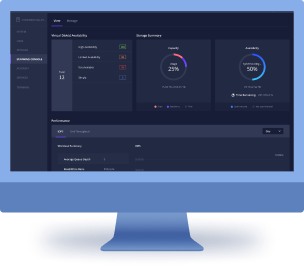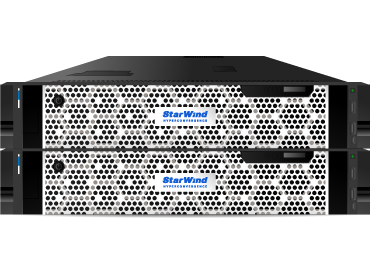Since it's a software-centric approach, software-defined storage, being software, decouples the underlying storage potential from directly attached storage. SDS pulls available hardware storage capacity into a unified, abstracted storage layer. This way, you can use all of your storage power as you need fit, when you need it, how you need it, and, most importantly – automate the process of storage use.
SDS is all about squeezing the maximum out of the minimum. It's shocking how much more you can do with your available storage once it's been logically abstracted and organized rather than when it's in separate siloes. SDS also enables incredible flexibility: scale up, scale out, scale down, and maintenance without downtime. Just add one storage medium element and it'll be added to the layer.
Software-defined storage solutions combine resource flexibility, programmability, and automation. IT infrastructure, with properly configured SDS in place, shows improved SLAs and QoS; increases performance, data availability, and efficiency; as well as enhances security and compliance. SDS is all about versatile and automated data management, resolving routine heaviness and ineffective hardware use.






